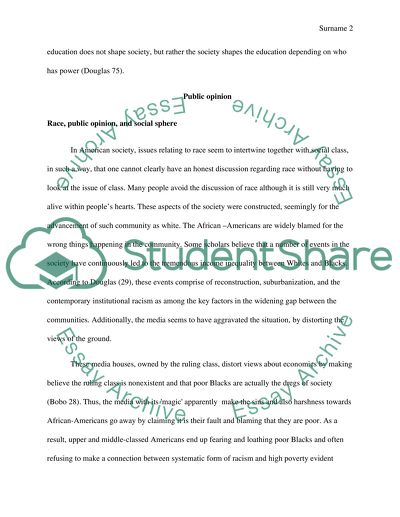Cite this document
(“Minorities and Education Essay Example | Topics and Well Written Essays - 2500 words”, n.d.)
Retrieved from https://studentshare.org/education/1397254-minorities-and-education
Retrieved from https://studentshare.org/education/1397254-minorities-and-education
(Minorities and Education Essay Example | Topics and Well Written Essays - 2500 Words)
https://studentshare.org/education/1397254-minorities-and-education.
https://studentshare.org/education/1397254-minorities-and-education.
“Minorities and Education Essay Example | Topics and Well Written Essays - 2500 Words”, n.d. https://studentshare.org/education/1397254-minorities-and-education.


